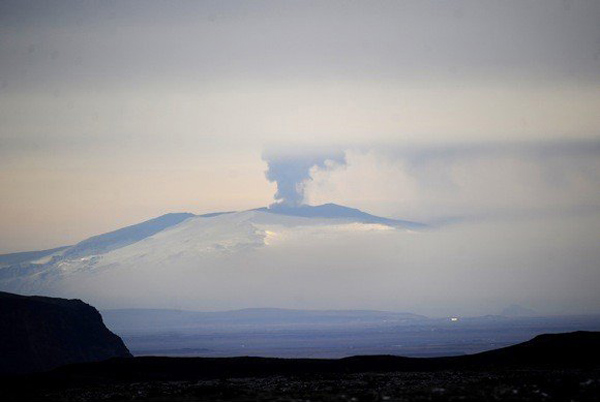The much of the european aerospace is closed on last april considering the ash clouds following the eruption of Eyjafjallajökull in Iceland.
The new study grounded the threat and recommends a protocol to assess the risks to aircraft from similar events in the future,the research, carried out by the University of Copenhagen and the University of Iceland and published on 26 April in the Proceedings of the National Academy of Sciences, analysed particles collected immediately after the Icelandic eruption.
It concludes that the particles could have led to engine failure as well as abrasion to an aircraft's exterior because they were sharp enough to sandblast aircraft windows, bodies, wings and engines.
"There is no doubt from the shape and size of the particles that they would have been a danger to aircraft and melted quickly in a jet engine, causing it to fail," says the study's co-author Dr Susan Stipp, adding that "what was unknown was when to reopen".
The size, shape and hardness of volcanic ash particles are the "key parameters" for assessing the risk to aircraft of similar events in the future, says the study.
Instruments to determine these parameters are available in earth and materials science laboratories. BET surface area measurements provide the size data, while scanning electron microscopy analysis provides the shape data. X-ray diffraction calculates mineral composition to determine the hardness and melting temperature of the particles.
"Together with estimates of the mass of ash produced, plume height, grain size distribution and the dispersion rate, these data would provide input for modelling to predict the hazard level for aircraft," says the study. Other data, such as wind speed, would need to be provided for modelling purposes.
well if you really want to taste the effect of ash cloud on flight, remember 1982 incident British airways FLIGHT 9..also see :http://en.wikipedia.org/wiki/British_Airways_Flight_9

No comments:
Post a Comment